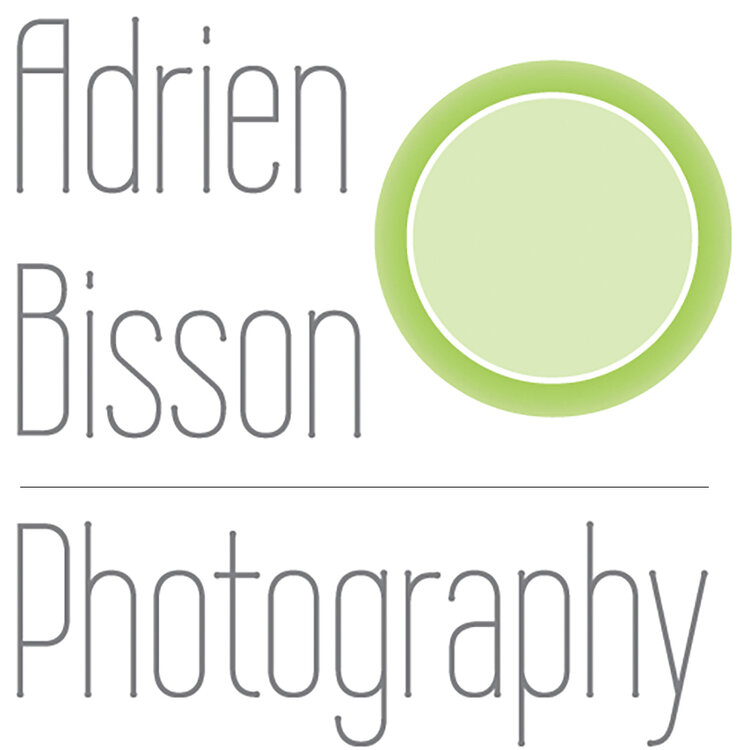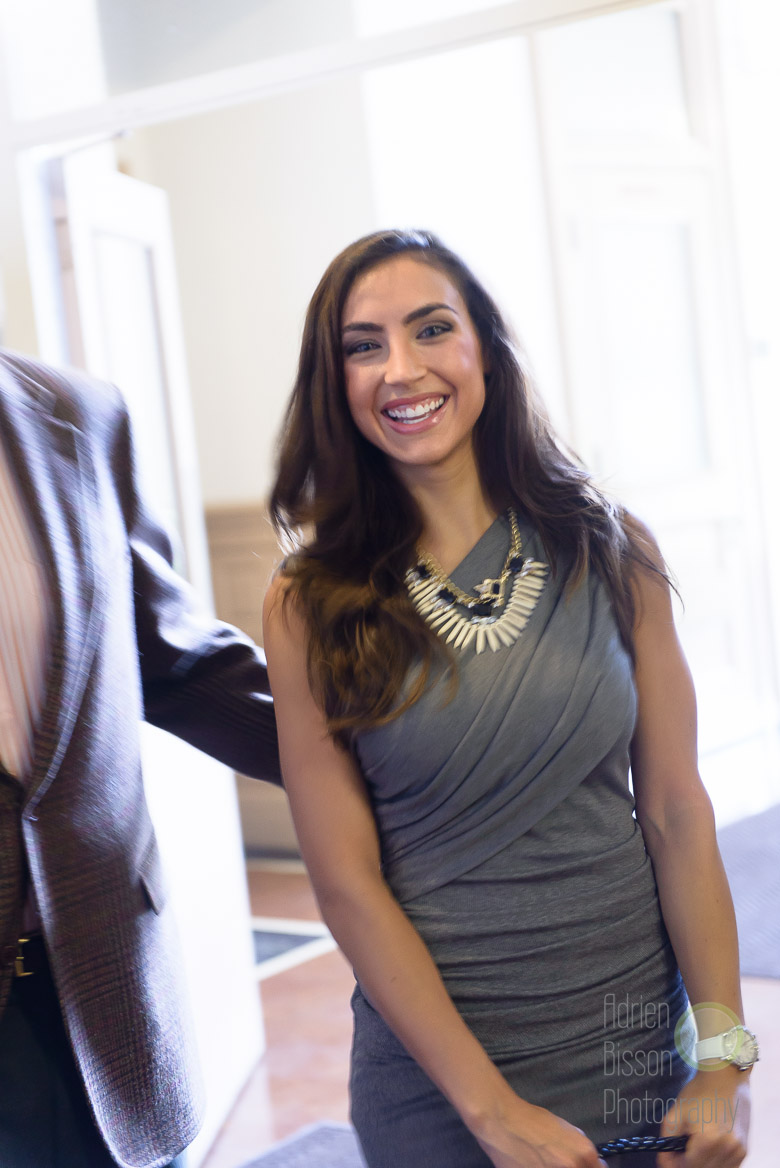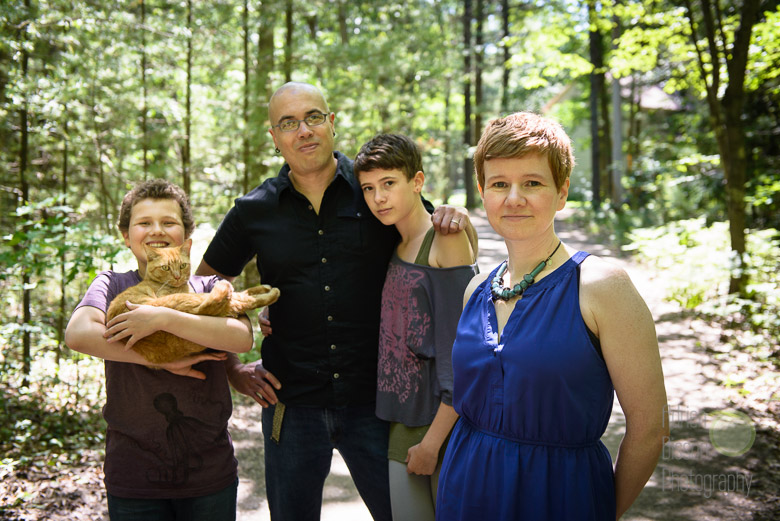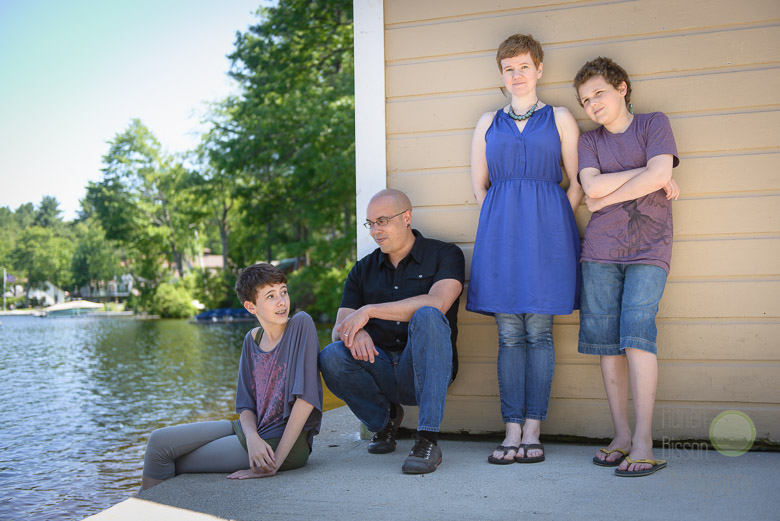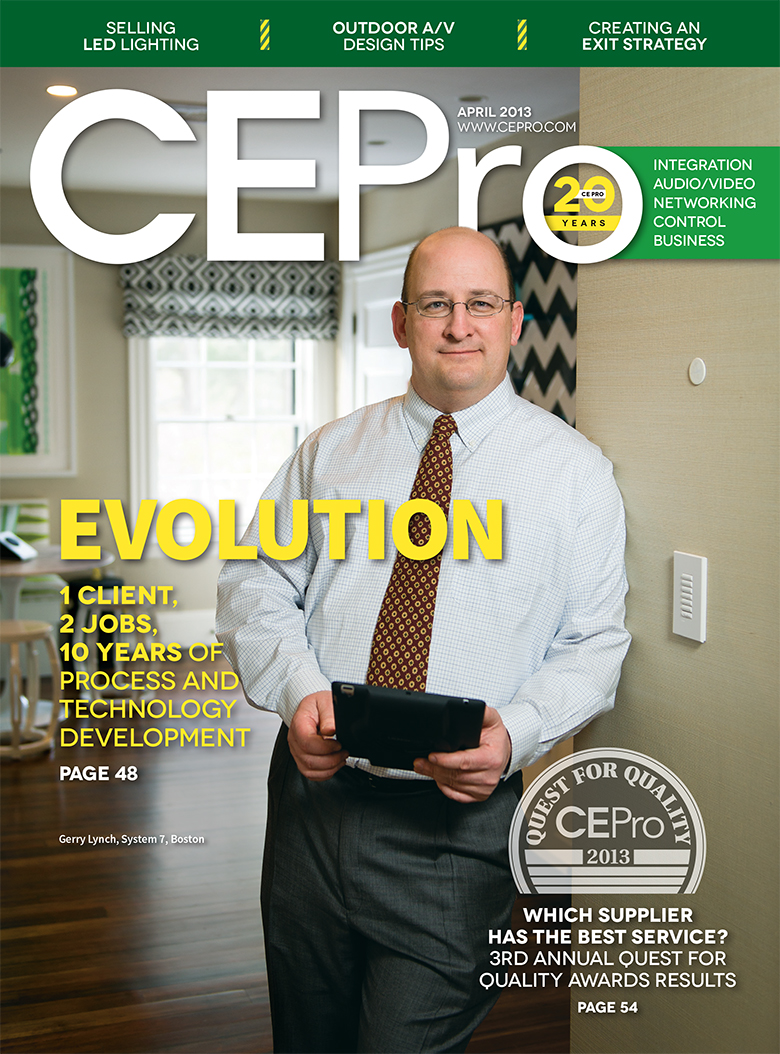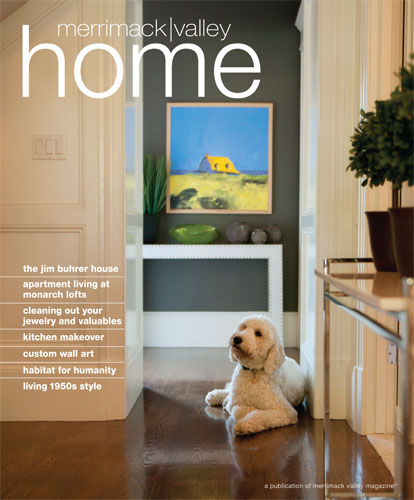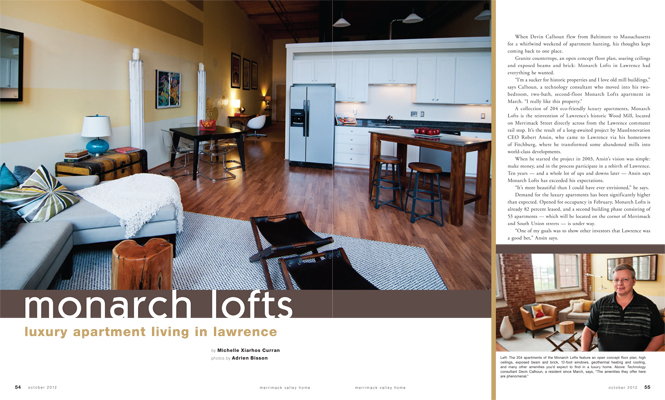Self-assigned photo shoots are really a necessity. Shooting for yourself keeps things interesting and on your own trajectory. When the paid jobs are not where you want to be or where you want to go, it's doubly rewarding. Sometimes, for one reason or another, those shots may not be ones that you can use or ones that fit precisely into your portfolio, and your portfolio needs to represent exactly the kind of work that you want to attract. This latter point took a long time to sink in for me, but it is one of the most important things that a commercial photographer needs to learn. We all want to show work that we are proud of and that shows the world we are versatile and capable. But you need to ask yourself if any given shot in your portfolio is the kind of work that you want to continue to do, and further, if it is consistent with a focused message. Who are your ideal clients? What do they look for? Show them what they are looking for! Chances are, if they are looking for that specific thing, they probably don't want someone who does that thing along with all sorts of other, unrelated kinds of work. I'm sure this is not news.
For photographers, as well as many other disciplines, self-assigned work is really magic. It's an avenue that is freeing, useful and necessary. If you're building a new portfolio, especially one that is heading in a new direction, or if you are unhappy with the alignment of the work you are shooting for pay with your goals, self-assigned work is the answer. It's freeing because the what, when, where, who and how are all up to you. It's your chance to create a world from play-doh, to appropriate a phrase that someone used last week who I unfortunately cannot recall.
But here's where it gets tricky, for me at least; that clean slate. Which way should I go? And when I choose, who will give me permission? There's that word: permission. I used to be a professional musician, and there was always an undercurrent of guilt when I was practicing or working on something that wasn't income-generating. That's a pretty debilitating way to be if you are an artist. I'm not sure what made me like that, but as a musician I was always wary of the people who I would encounter who had “real jobs”. Well, I am older now, and my coping mechanism has grown from the unwavering support of my wife and the fact that I have seen the other side, and I know now that I have it so much better. Now I can give myself permission to work on something that has no practical value at this moment and is not generating income. I can do that because I know that what I am working on is part of what I want to do to be where I want to be, so that I can be sought out by clients, to do that thing.
The essential factor in giving yourself permission to do self-assignments is structure. Where do you want to go? My friend, photographer's consultant Selina Maitreya, talks consistently about “vision”. Without that, where are you going? I am reading David duChemin's new book and he has almost the identical message. In order to get where you want to be, you need to figure out where that is. Once you have done so, make it happen. And if you don't have enough work that leads you in that direction, create it. I find it very useful to get myself into a situation in which I must create such work. For me, it has been taking the form of art shows. I create the kind of work that I want because no one is really dictating content, and it gives structure and permission to do so. But whatever form the structure takes, make sure that it leaves you free to create the work that you want to keep creating.
